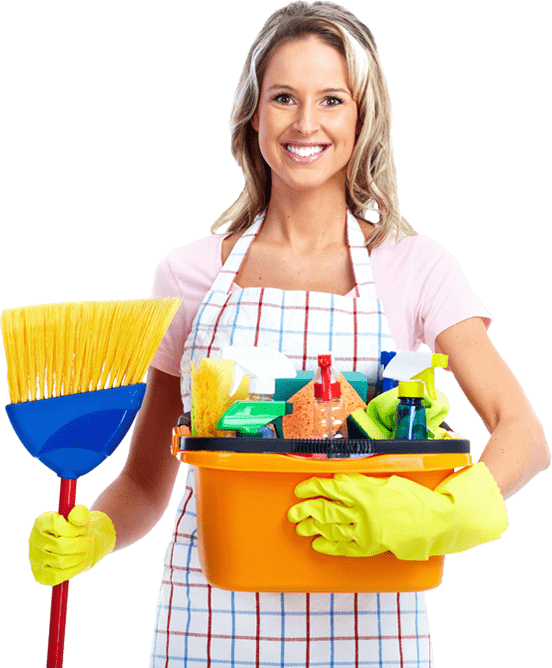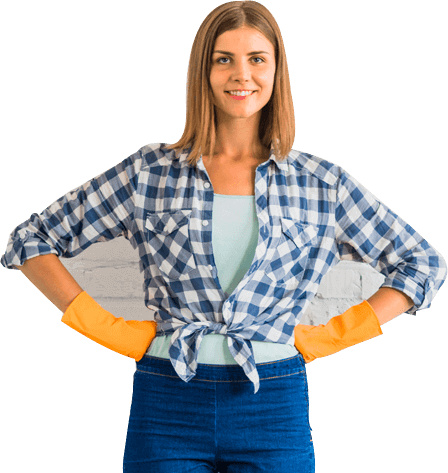
The Art and Science of Vacuuming Carpets
Vacuuming carpets is not just a routine chore, it’s an essential practice that plays a pivotal role in maintaining indoor air quality, extending the life of carpets, and ensuring a clean, allergen-free environment. As a professional in the cleaning industry, understanding the nuances of vacuuming can significantly enhance the effectiveness of your service.
Quality We Ensure
We guarantee you quality and stand behind it with our name.
Experienced Workers
We are professionals in our field and are responsible for our work.
Understanding Carpet Fibers and Types
Before diving into vacuuming techniques, it’s crucial to understand the types of carpets you are dealing with. Carpets come in various fibers like nylon, polyester, olefin, and wool, each with unique characteristics. For instance, wool carpets are dense and require vacuums with adjustable height settings to prevent fiber damage, while synthetic fibers are more resilient and can tolerate stronger suction.

Understanding Carpet Fibers and Types
Before diving into vacuuming techniques, it's crucial to understand the types of carpets you are dealing with. Carpets come in various fibers like:
- Nylon
- Polyester
- Olefin
- Wool
- Water Pipe Clean
For instance, wool carpets are dense and require vacuums with adjustable height settings to prevent fiber damage, while synthetic fibers are more resilient and can tolerate stronger suction.
Choosing the Right Vacuum
Selecting an appropriate vacuum cleaner is a game-changer. Consider factors like suction power, filter quality, and attachments. For commercial use, upright vacuums with HEPA filters are ideal for removing allergens and fine particles. Backpack vacuums offer mobility, especially in large areas or for stairs. For delicate or plush carpets, vacuums with adjustable suction and brushes are preferable to prevent fiber damage.
- Gas Silendar Clean
- Frozen Pipe Clean
- Water Pipe Clean
- Toilet Clean
- Water Pipe Clean


Vacuuming Techniques for Maximum Efficacy
- Preparation: Remove small objects from the floor, and check for stains that require pre-treatment.
- Pattern and Frequency: Adopt a methodical pattern, such as starting from one corner and moving backward to avoid stepping on cleaned areas.
- Overlapping Strokes: Use slow, overlapping strokes.
- Edge Cleaning and Attachments: Use crevice tools for edges and corners where dust accumulates.
Frequently Asked Questions
While some vacuums are versatile, it’s important to use the right vacuum for different carpet types. Carpets vary in fiber, density, and pile height, requiring specific vacuum features. Adjustable height and suction settings are vital for accommodating various carpet types. Always refer to the carpet manufacturer’s recommendations.
For high-traffic areas, it’s important to use slow, overlapping strokes to ensure thorough cleaning. These areas may require multiple passes, especially in directions perpendicular to each other to lift and remove dirt effectively. Regular attention to these areas is crucial to prevent dirt accumulation.
Regular maintenance of your vacuum cleaner includes cleaning or replacing filters, checking and clearing blockages in hoses and attachments, and ensuring the brush roll is free of debris. Also, check the vacuum bag or bin and empty it before it becomes completely full. Proper maintenance ensures efficient operation and longevity of the vacuum.
Using a vacuum with a HEPA filter is highly recommended, especially in settings where air quality is a concern. HEPA filters can trap fine particles like pollen, dust mites, and other allergens, significantly improving the indoor air quality.
For carpeted areas with furniture, use attachments like a crevice tool or an extension wand to reach under and around furniture. If possible, move lighter furniture periodically for a more thorough clean. Remember to use the appropriate attachment to avoid damaging the carpet or furniture.
